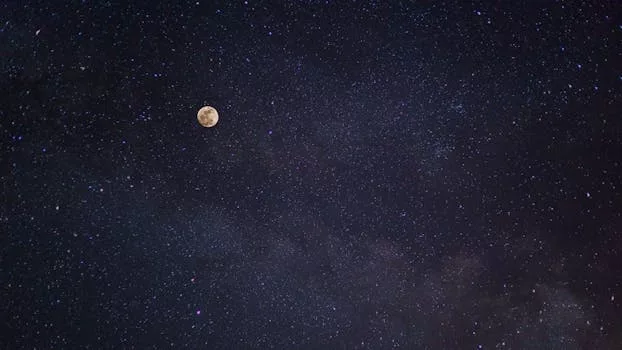
“
Beyond the Milky Way: Imagining New Worlds and Possibilities
Beyond the Milky Way: Imagining New Worlds and Possibilities is an exciting topic that has fascinated humans for centuries. As we continue to explore and understand our universe, we are constantly reminded of the vastness and mysteries that lie beyond our galaxy. In this article, we will delve into the possibilities of new worlds, stars, and galaxies that exist beyond the Milky Way, and what this means for space exploration and our understanding of the cosmos. For more on this theme, check out Galaxies of Dreams: How Imagination Transcends the Night Sky.
Introduction to the Galaxy
The Milky Way is just one of billions of galaxies in the observable universe. It is a barred spiral galaxy, consisting of hundreds of billions of stars, as well as various types of interstellar gas and dust. The Milky Way is estimated to be about 100,000 light-years in diameter, and is thought to contain hundreds of billions of stars, as well as numerous star clusters, nebulae, and other types of interstellar objects. To explore more about the potential of other galaxies, read Soaring Through the Cosmos: The Power of Imagination Beyond the Stars.
Exploring the Cosmos
As we explore the galaxy beyond the Milky Way, we are met with a vast array of new and exciting possibilities. From exoplanets and distant stars, to black holes and dark matter, the universe is full of mysteries waiting to be uncovered. With the help of advanced telescopes and space probes, we are able to study the universe in greater detail than ever before, and are constantly making new discoveries that challenge our understanding of the cosmos. The journey of imagination in this exploration is beautifully captured in Charting New Realms: The Journey of Imagination Beyond the Stars.
New Worlds and Possibilities
One of the most exciting areas of research in the field of astronomy is the discovery of exoplanets. These are planets that orbit stars other than the Sun, and offer a glimpse into the possibility of life existing beyond Earth. With the help of telescopes such as the Kepler space telescope, we have discovered thousands of exoplanets, each with its own unique characteristics and possibilities for supporting life.
Takeaways
- The Milky Way is just one of billions of galaxies in the observable universe.
- The universe is full of mysteries waiting to be uncovered, from exoplanets and distant stars, to black holes and dark matter.
- The discovery of exoplanets offers a glimpse into the possibility of life existing beyond Earth.
- Advanced telescopes and space probes are allowing us to study the universe in greater detail than ever before.
- The study of the universe is an ongoing and constantly evolving field, with new discoveries being made regularly.




